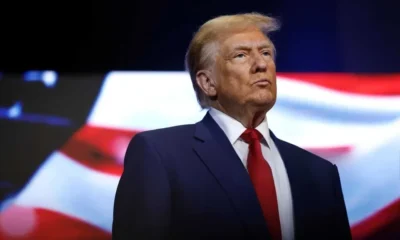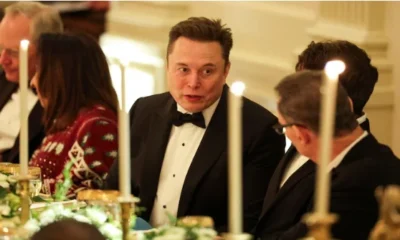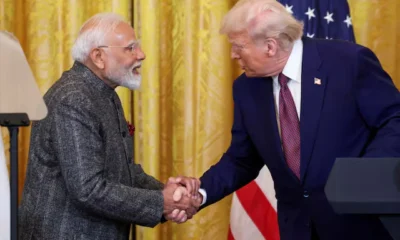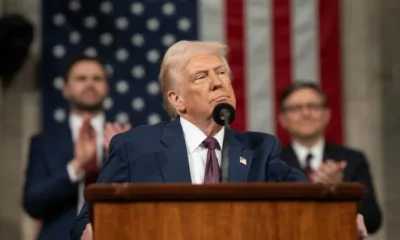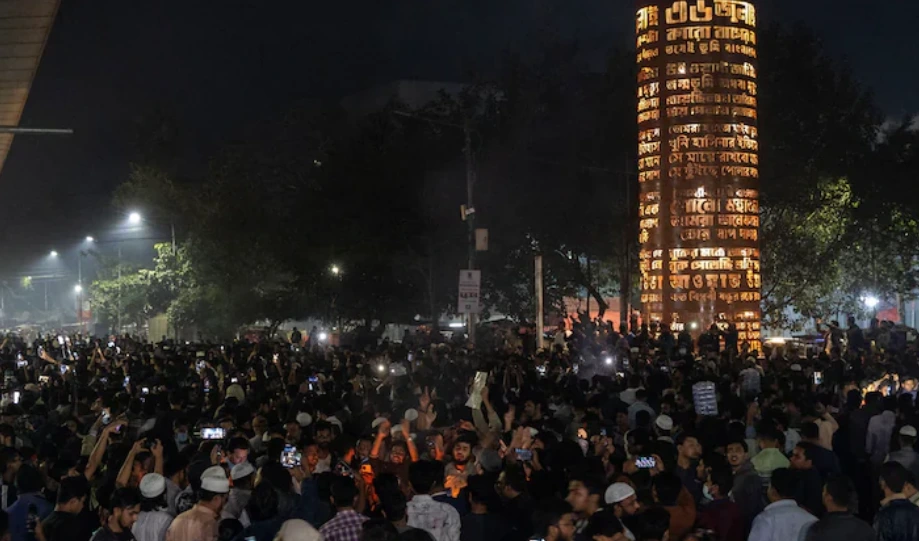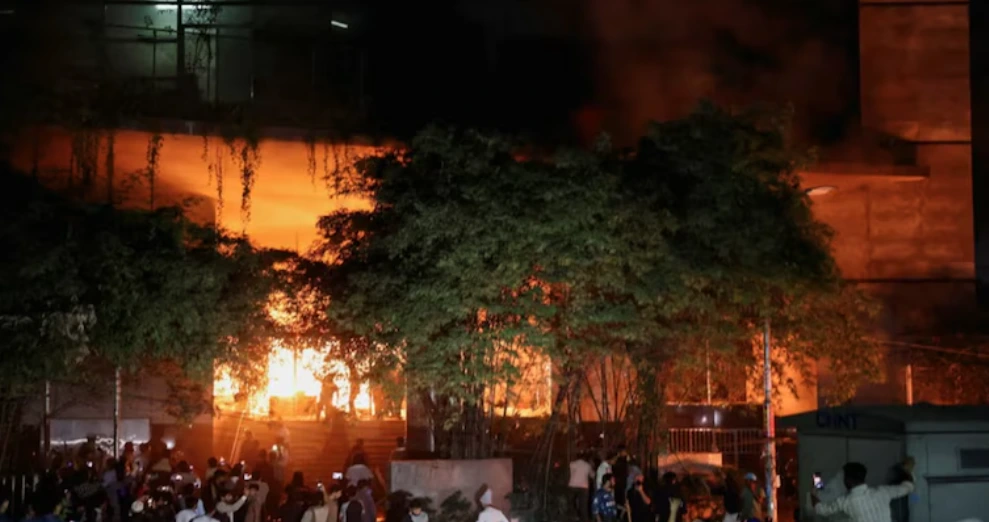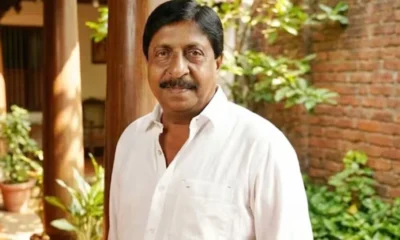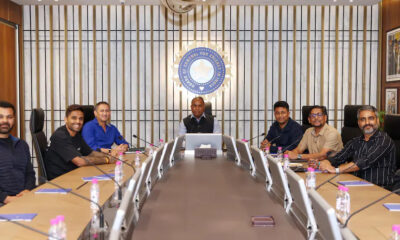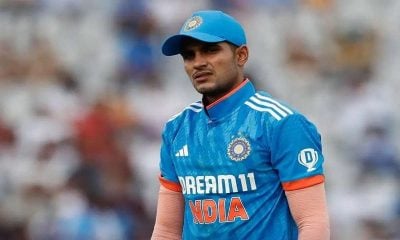Iranian President Hassan Rouhani’s reaction to the US threat of bringing Tehran’s oil export to “zero” by early November has triggered a “war of words” which may lead to a huge crisis. The US military has reiterated its promise once again to keep Gulf waterways open to oil tankers.
According to Associated Press, Captain Bill Urban, a spokesman for the US military’s Central Command told on Wednesday that US sailors and its regional allies “stand ready to ensure the freedom of navigation and the free flow of commerce wherever international law allows”.
Iranian President Hassan Rouhani on Tuesday said in Bern, “The Americans have claimed they want to completely stop Iran’s oil exports. They don’t understand the meaning of this statement because it has no meaning for Iranian oil not to be exported, while the region’s oil is exported.”
 Read More: US asks nations to stop Iranian oil import by Nov.4 or face sanctions
Read More: US asks nations to stop Iranian oil import by Nov.4 or face sanctions
Iranian officials in the past have threatened to block the Strait of Hormuz, a major oil shipping route, in retaliation for any hostile US action against Iran.
Meanwhile, Major General Qassem Soleimani, the head of Qods Force engaged in foreign operations of Islamic Revolutionary Guards Corps (IRGC), who played important role in defeating Daesh (IS) in Iraq and Syria, has appreciated President Rouhani for his timely statement and expressed readiness to implement such a policy if needed.
Read More: US Pressure to Stop Buying Iran’s Oil May Trigger Crisis
In his letter to Rouhani, Soleimani said that they were ready to prevent regional oil exports if Iranian oil sales were banned by the US.
Iran’s official IRNA news agency, quoted Soleimani’s letter to the President saying, “I kiss your (Rouhani’s) hand for expressing such wise and timely comments, and I am at your service to implement any policy that serves the Islamic Republic.”
The US President Donald Trump has pulled out of a multinational Iran nuclear deal, also known as JCPOA, in May and announced for imposing sanctions by early November.
Read More: India under US pressure to cut oil imports from Iran, Govt says exploring all options
A senior US Department of State official has recently said that all countries must halt all imports of Iranian oil from November 4 or face financial measures, with no exemptions.
The European Union, once Iran’s biggest oil importer, have vowed to keep the 2015 deal alive without the US by trying to keep Iran’s oil and investment flowing. However, they also acknowledged that US sanctions would make it difficult to give Tehran guarantees.
Read More: Saudi Arabia Agrees To Pump More Oil to Maintain Balance
Iran’s Rouhani, who was in Vienna on Wednesday in a bid to salvage the nuclear deal, said that “if the remaining signatories can guarantee Iran’s benefits, Iran will remain in the nuclear deal without the US.” He visited Bern, the Swiss capital, before reaching Austrian capital Vienna.
Meanwhile, the foreign ministers from China, France, Germany, Britain and Russia will meet Iranian officials on Friday in Vienna to discuss how to keep a 2015 nuclear accord alive.
During Iraq-Iran 1980-1988 war, when most of the GCC and western states were supporting and financing Iraq’s Saddam Hussein regime, Tehran had threatened to block Strait of Hormuz, a narrow waterway connecting most of the Gulf states to the Indian ocean.
Observers believe that a serious confrontation may erupt in case a situation arises when Iran choose to block the oil shipment through the Strait of Hormuz. This could lead stoppage of oil export from Kuwait, Saudi Arabia, Bahrain, Qatar and UAE causing worldwide oil crisis.


 Read More:
Read More: 

